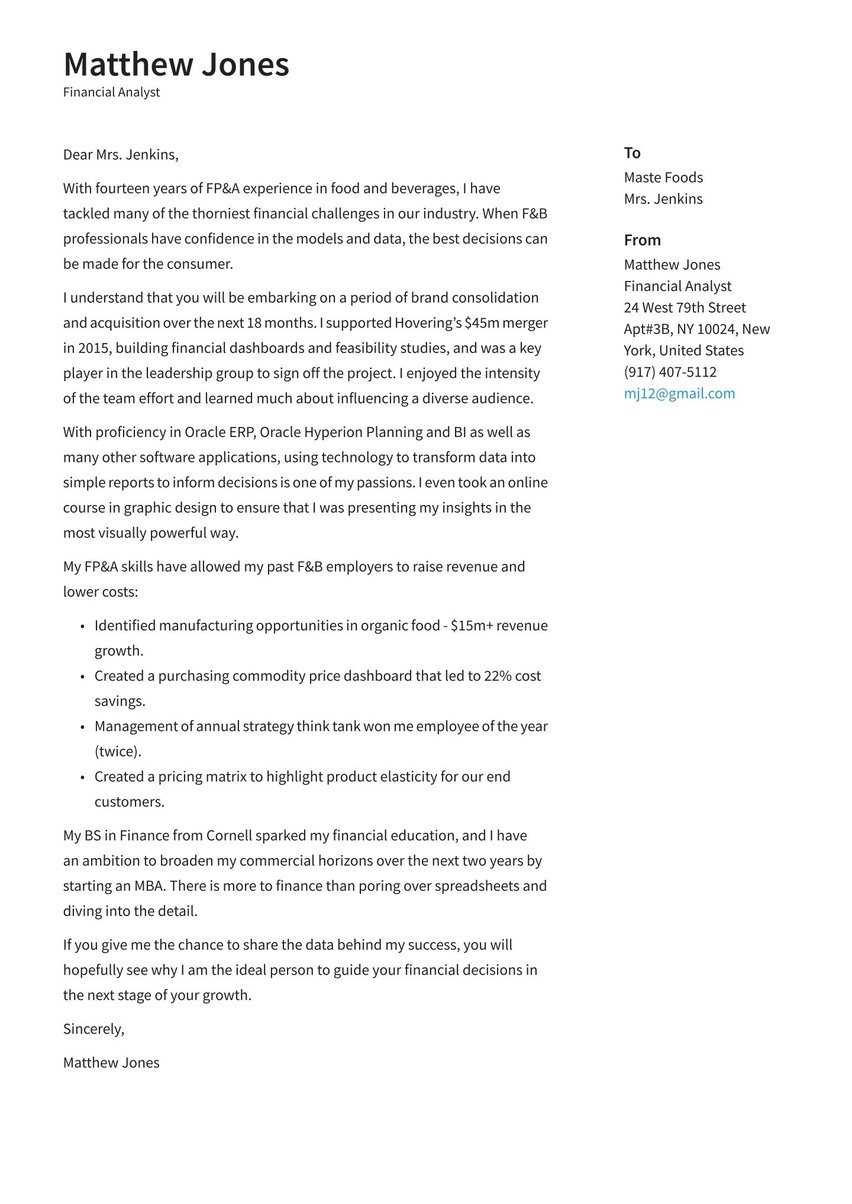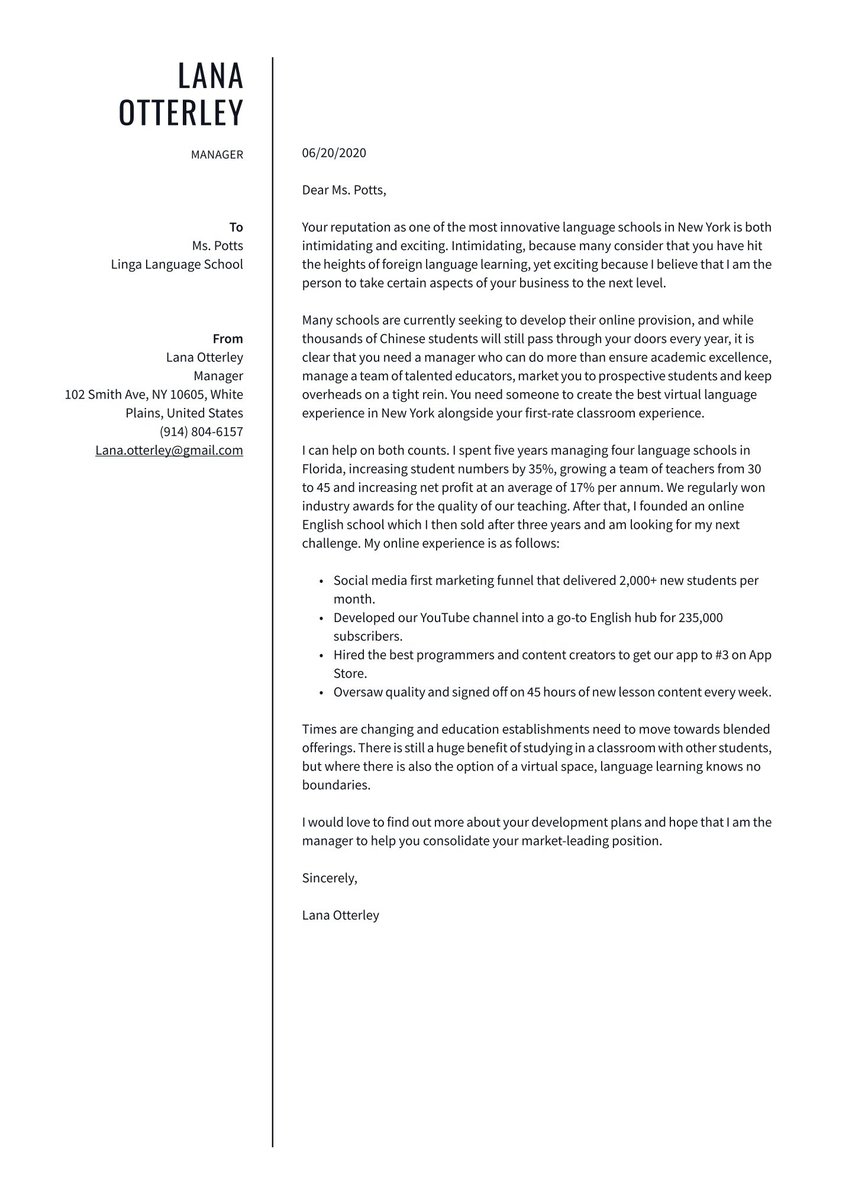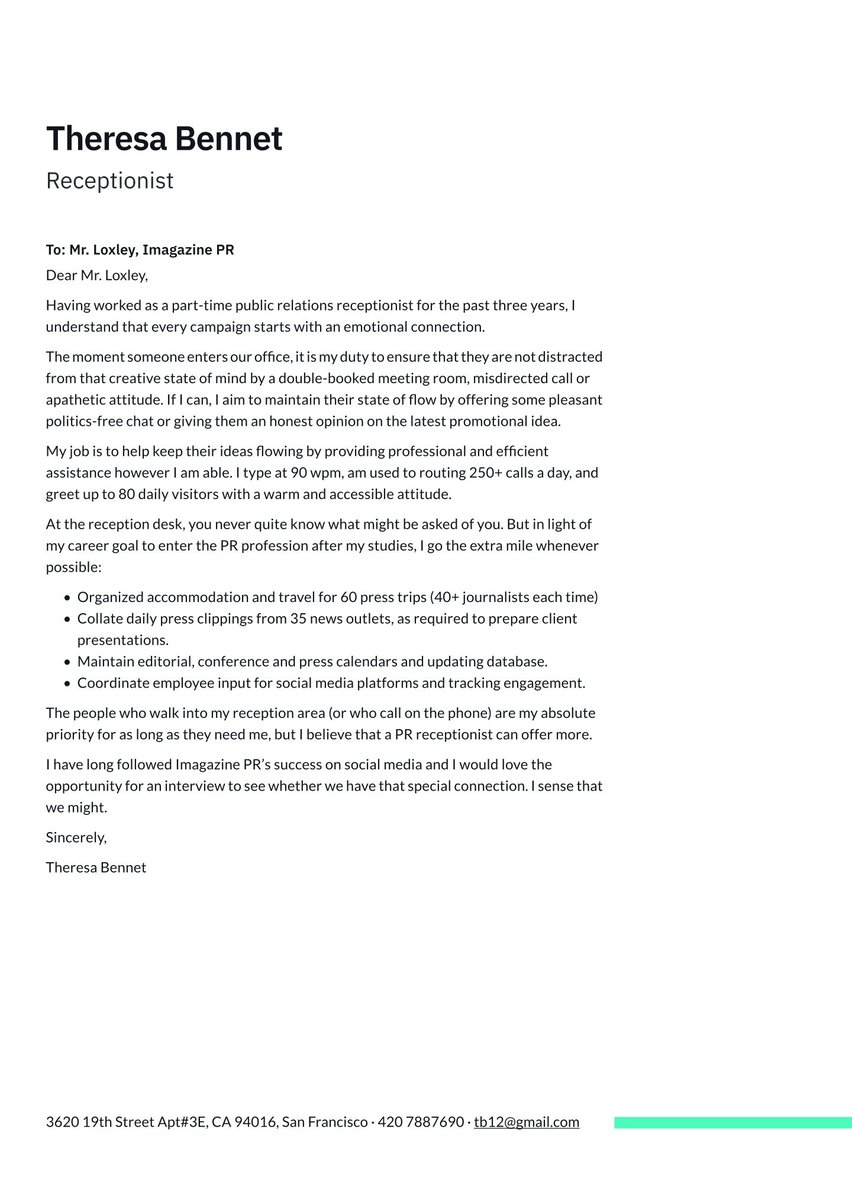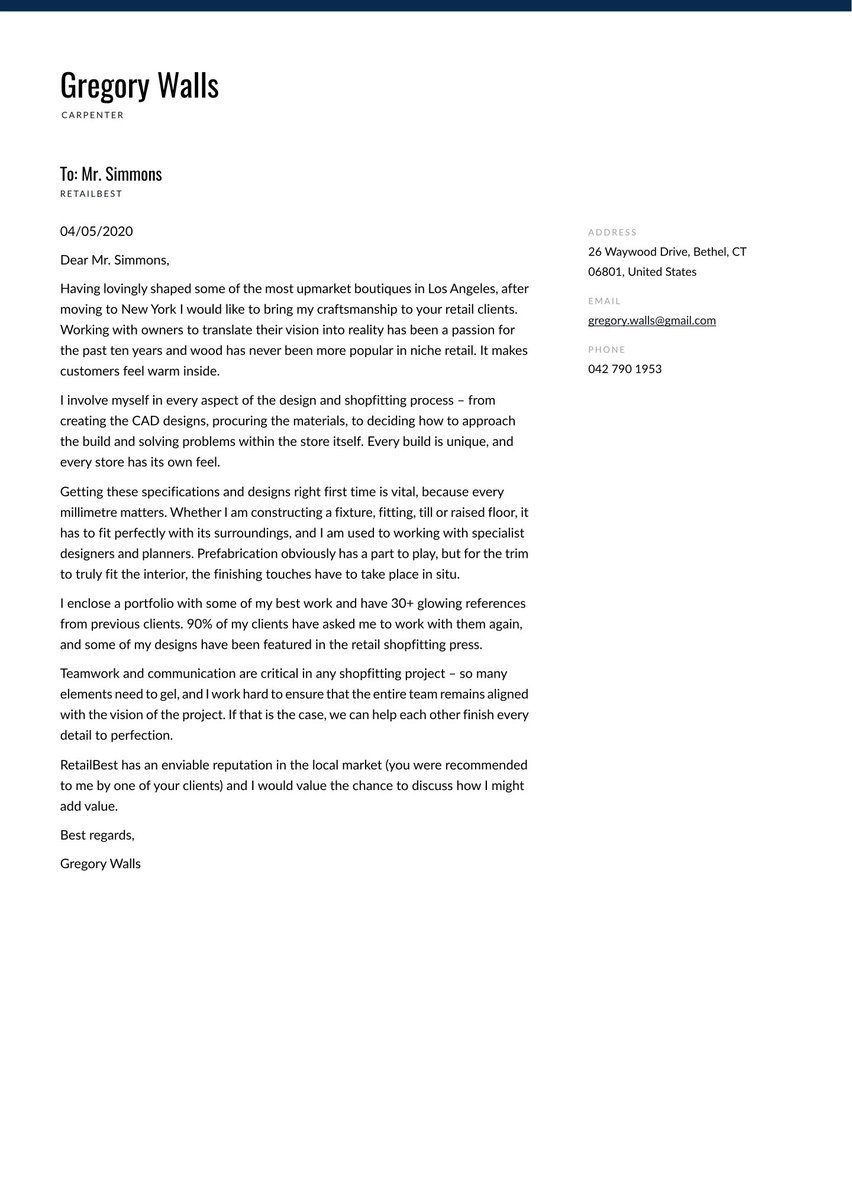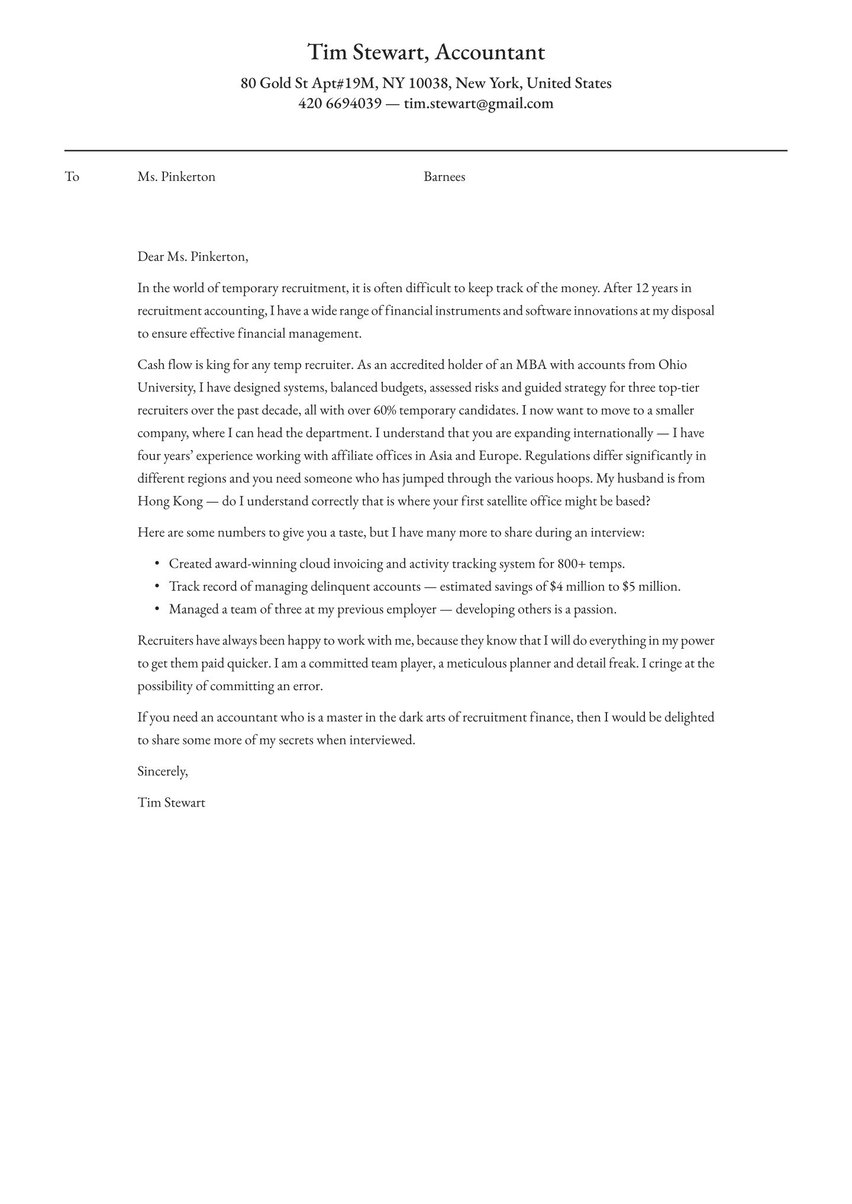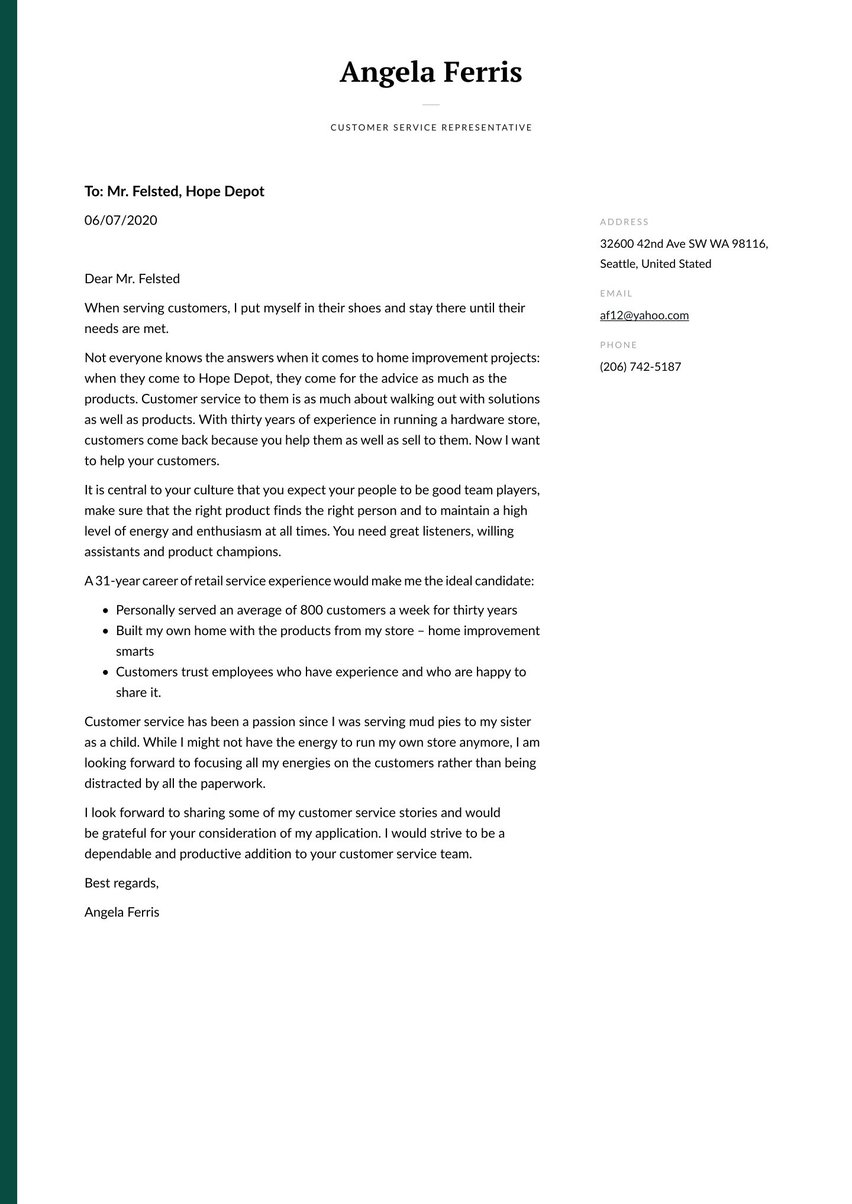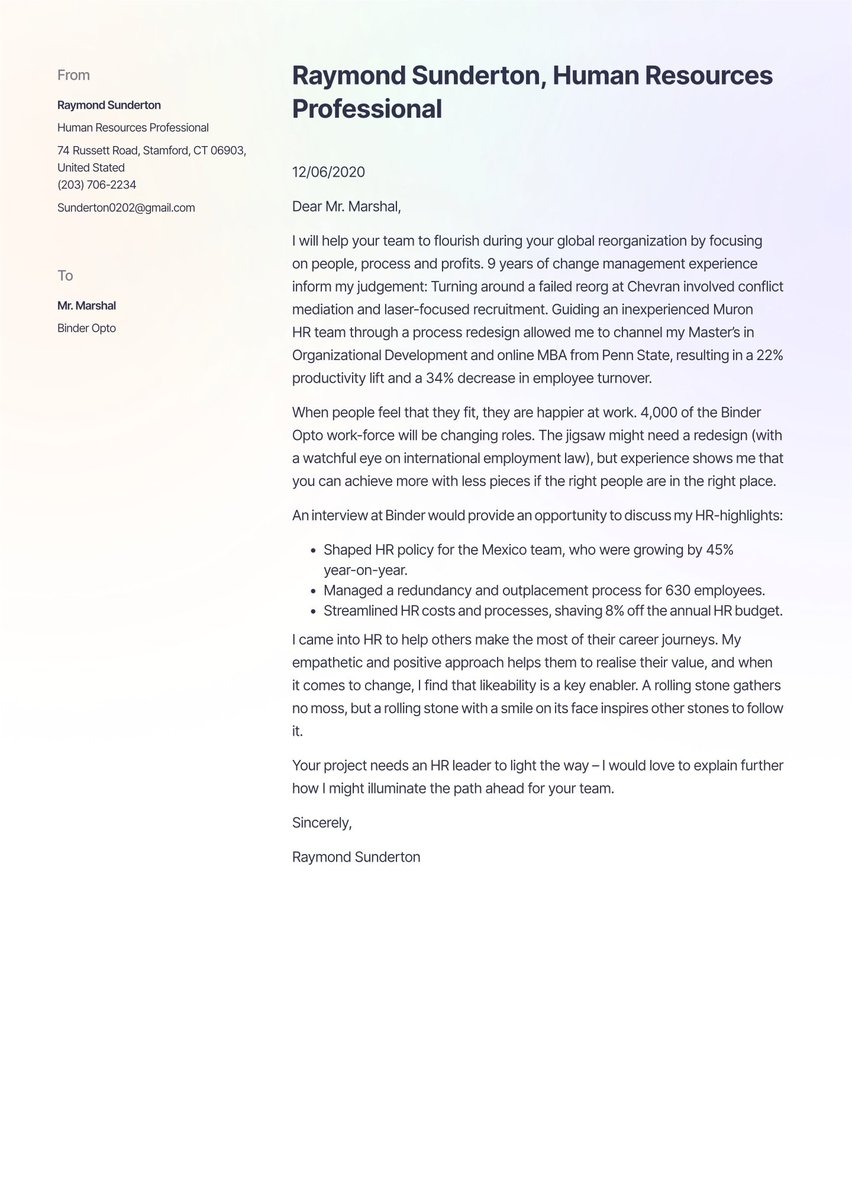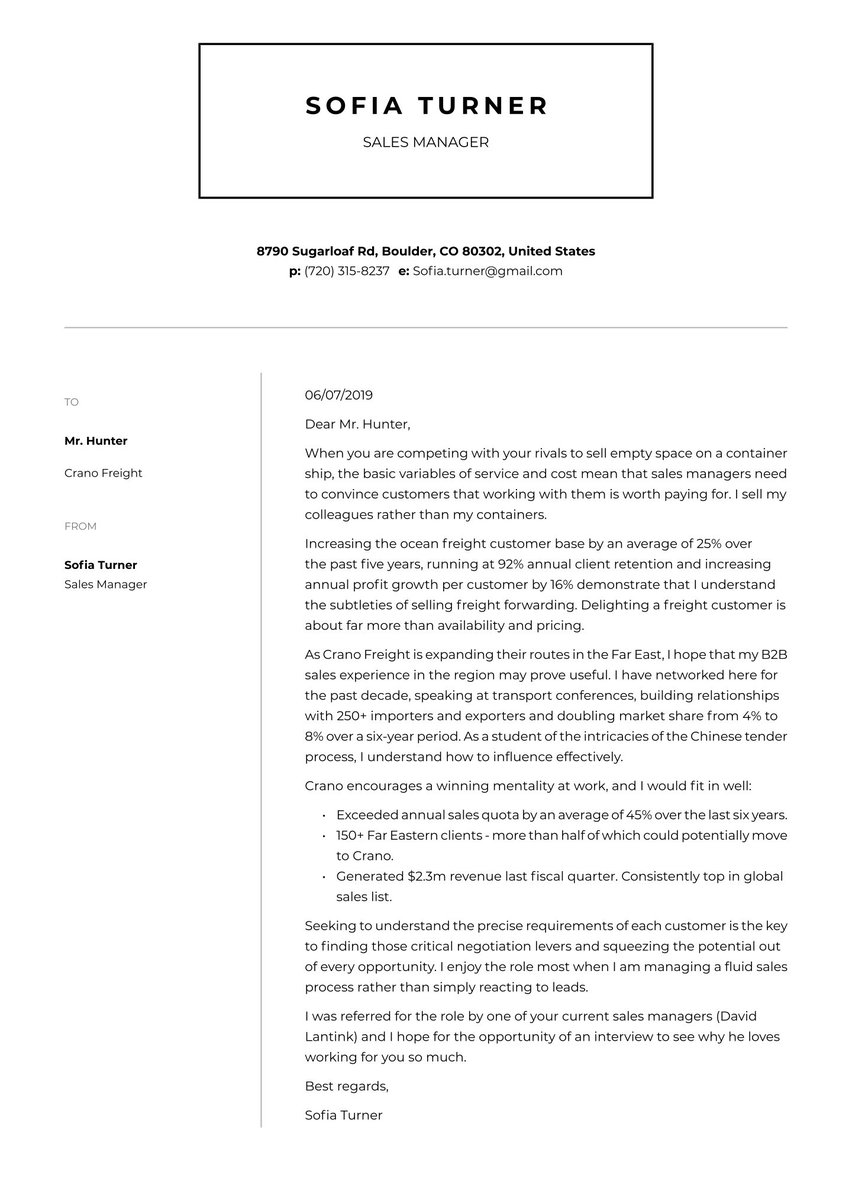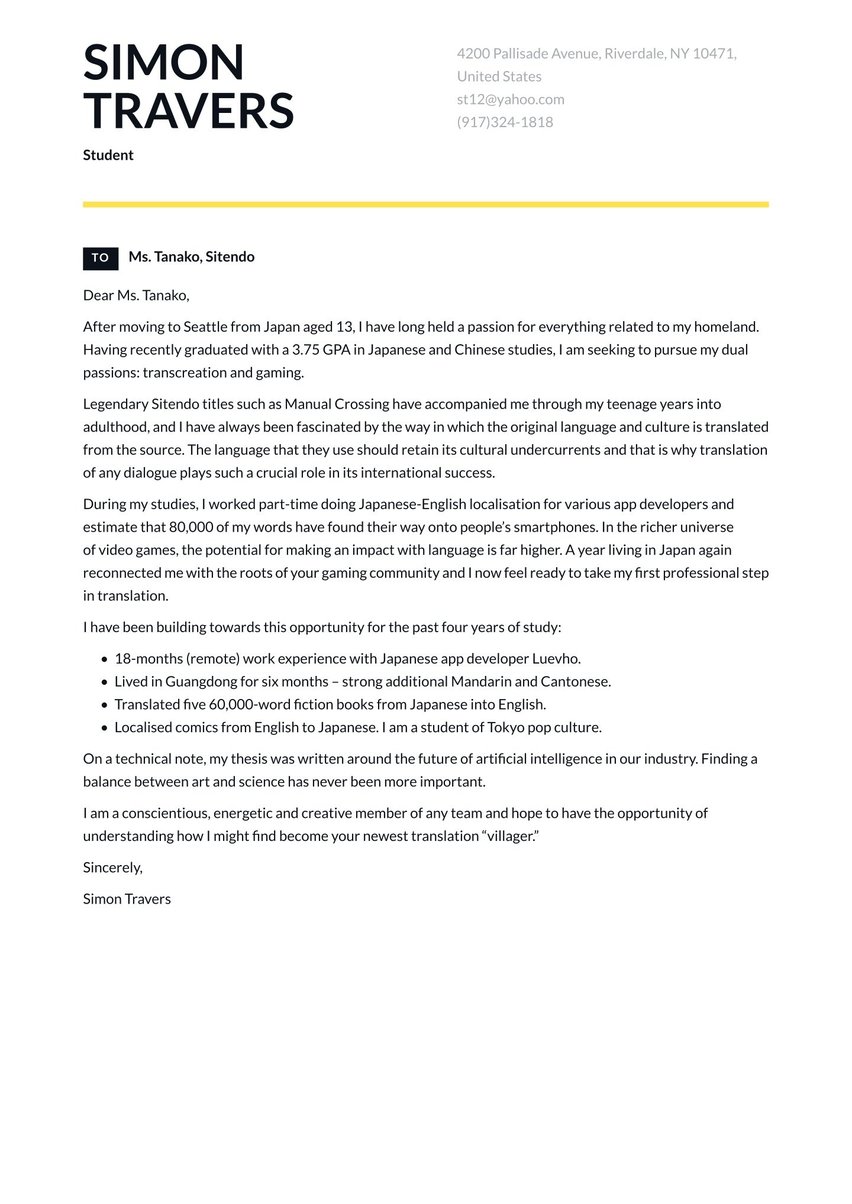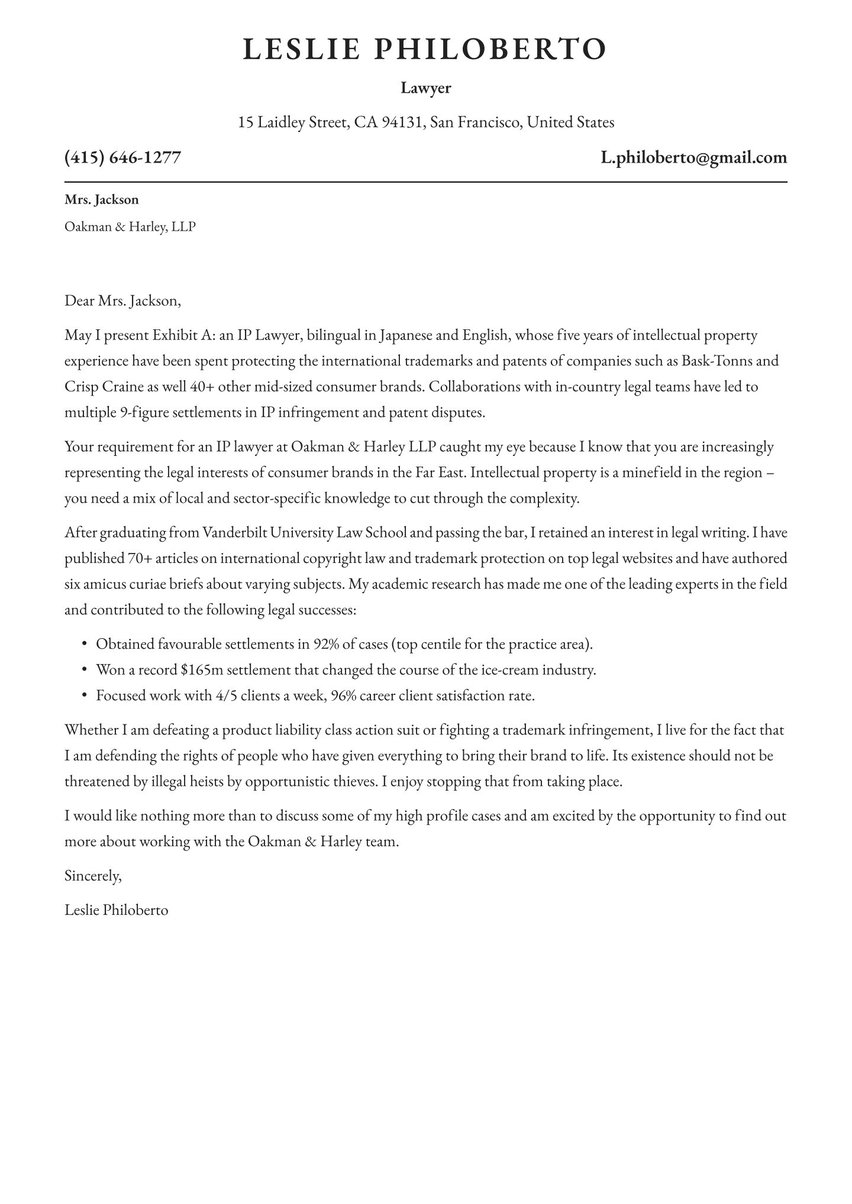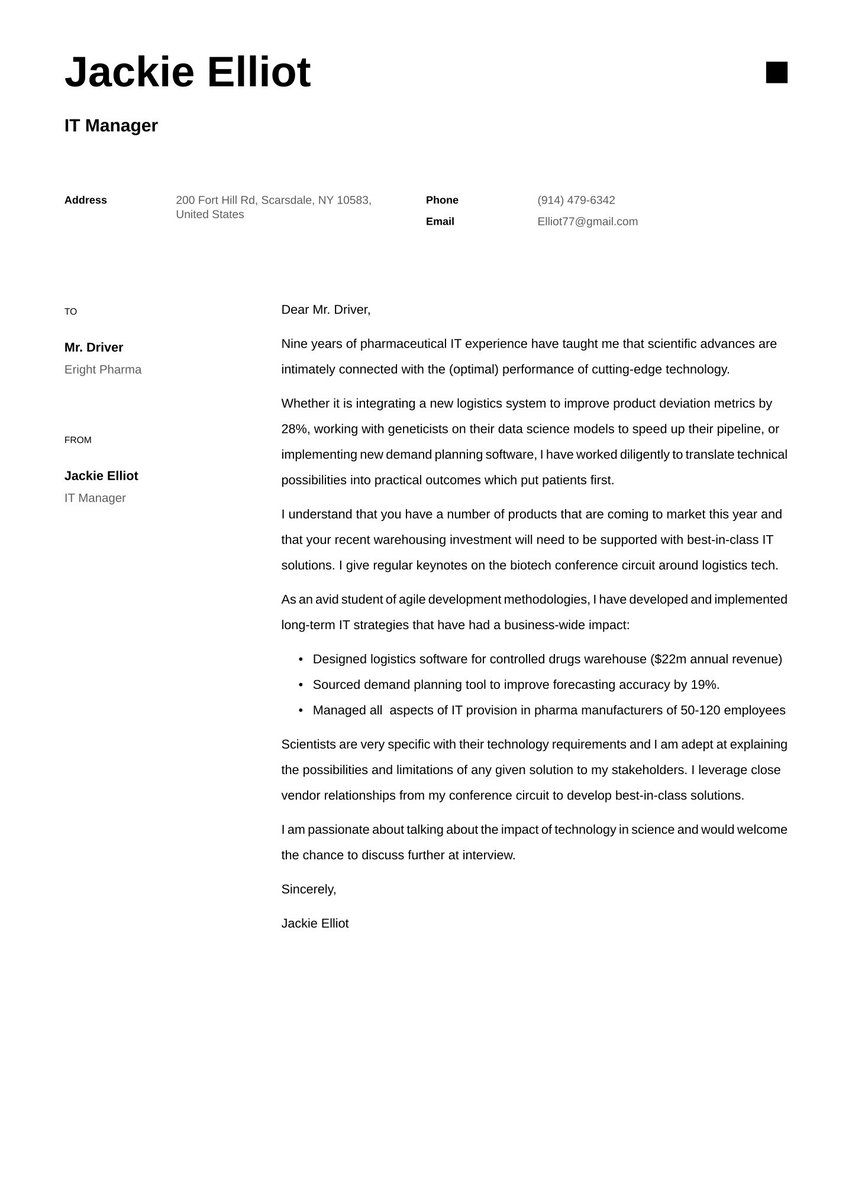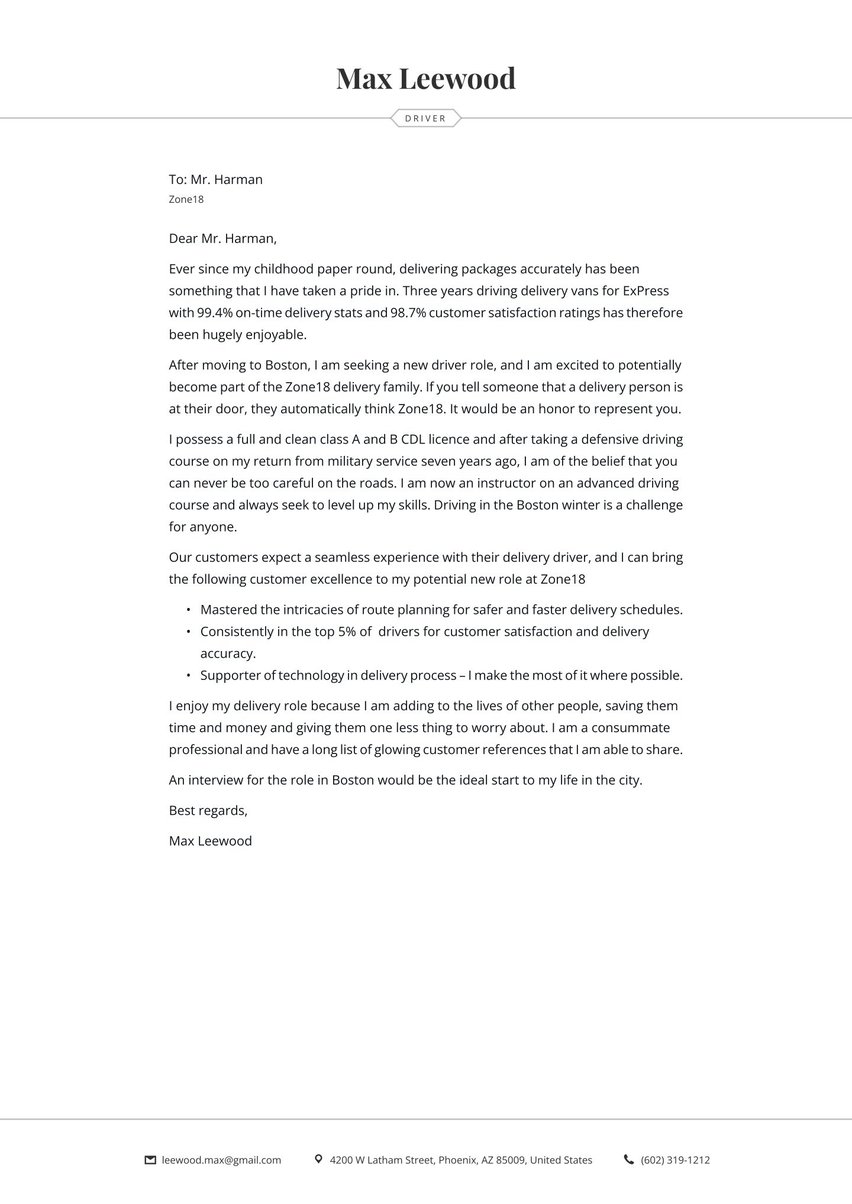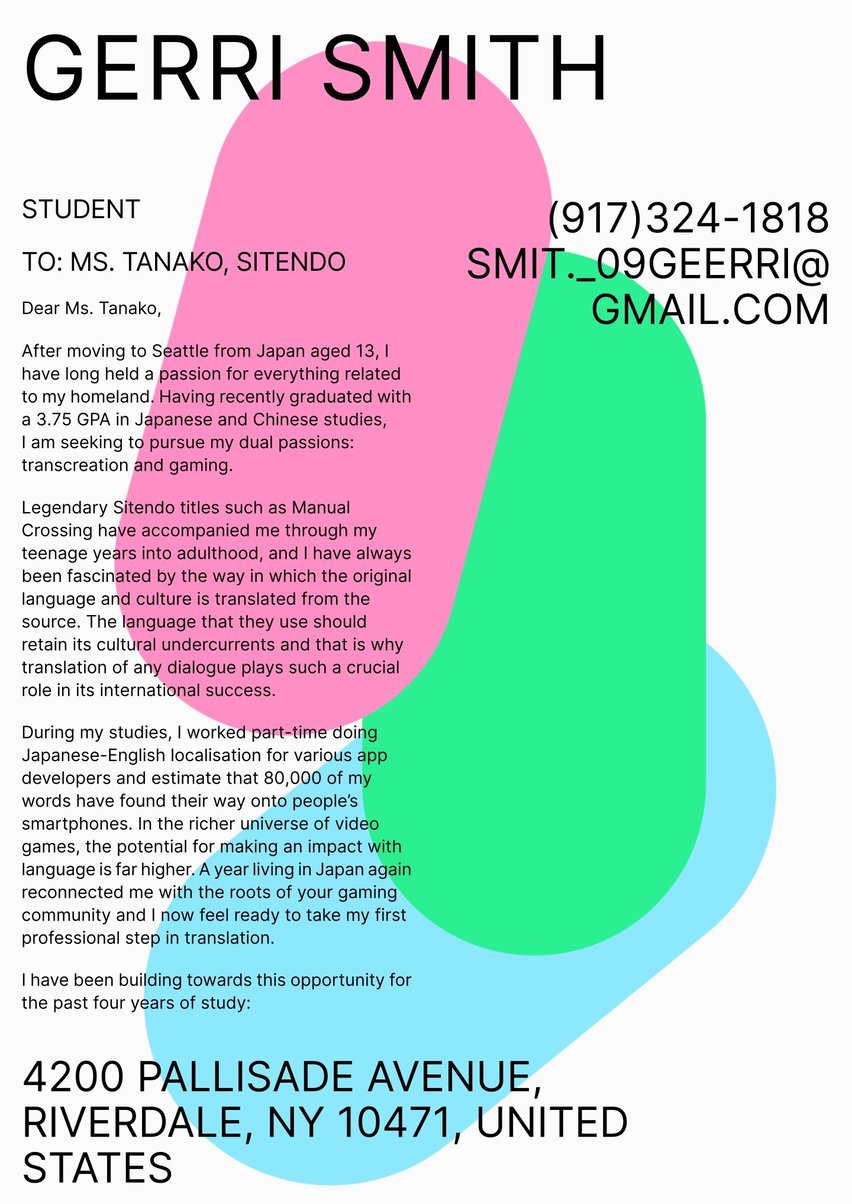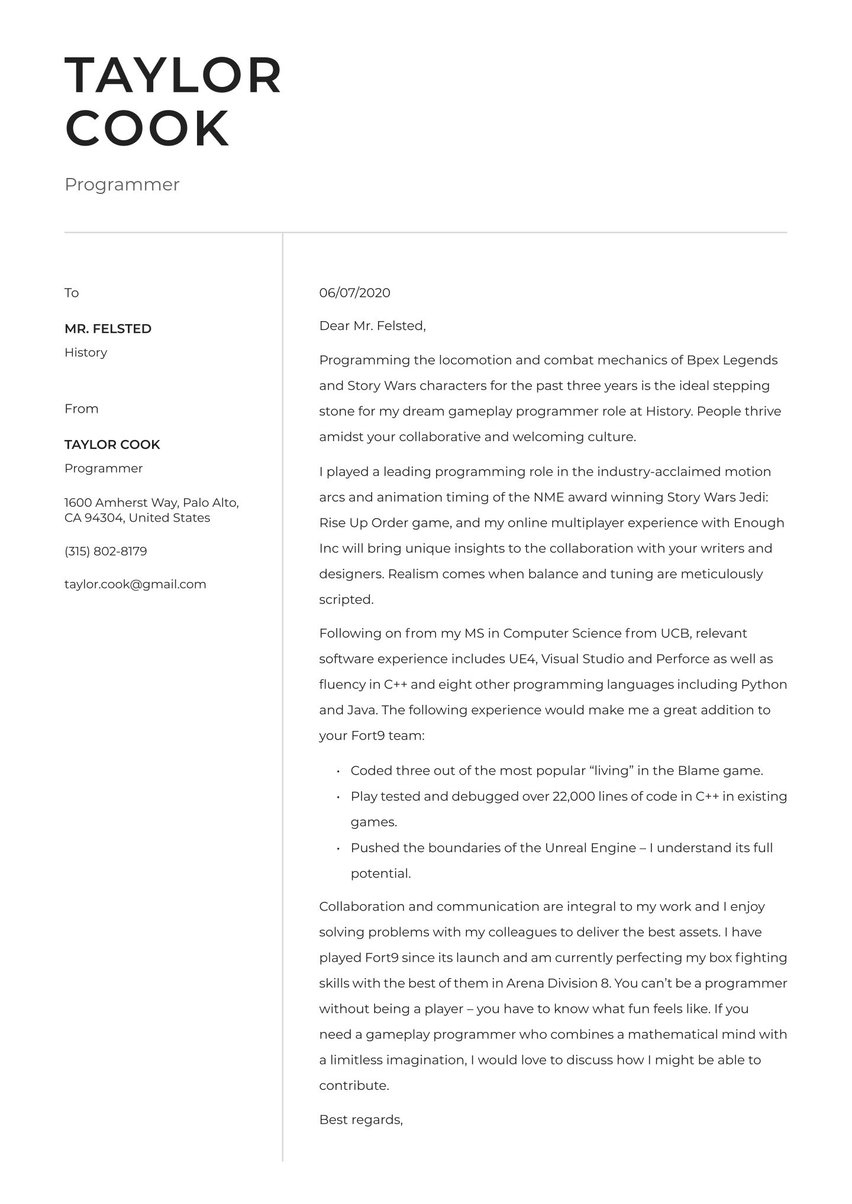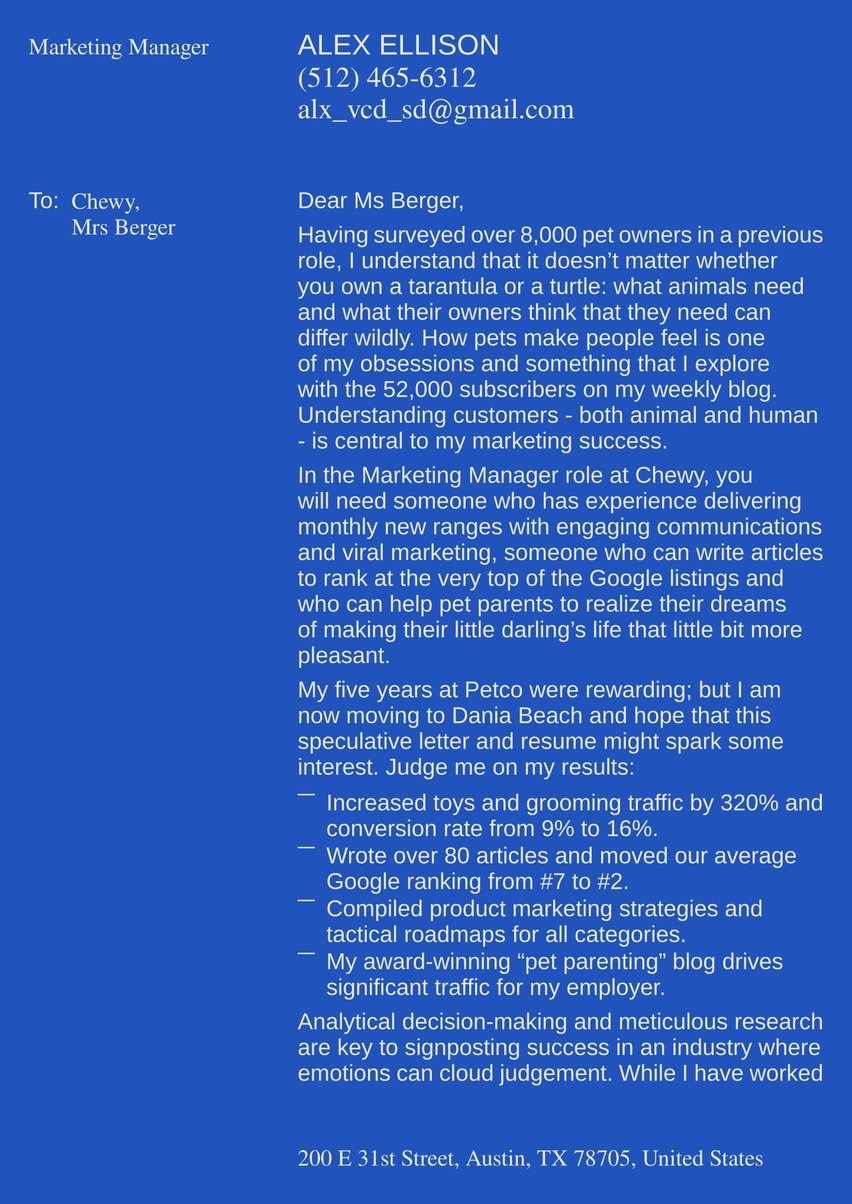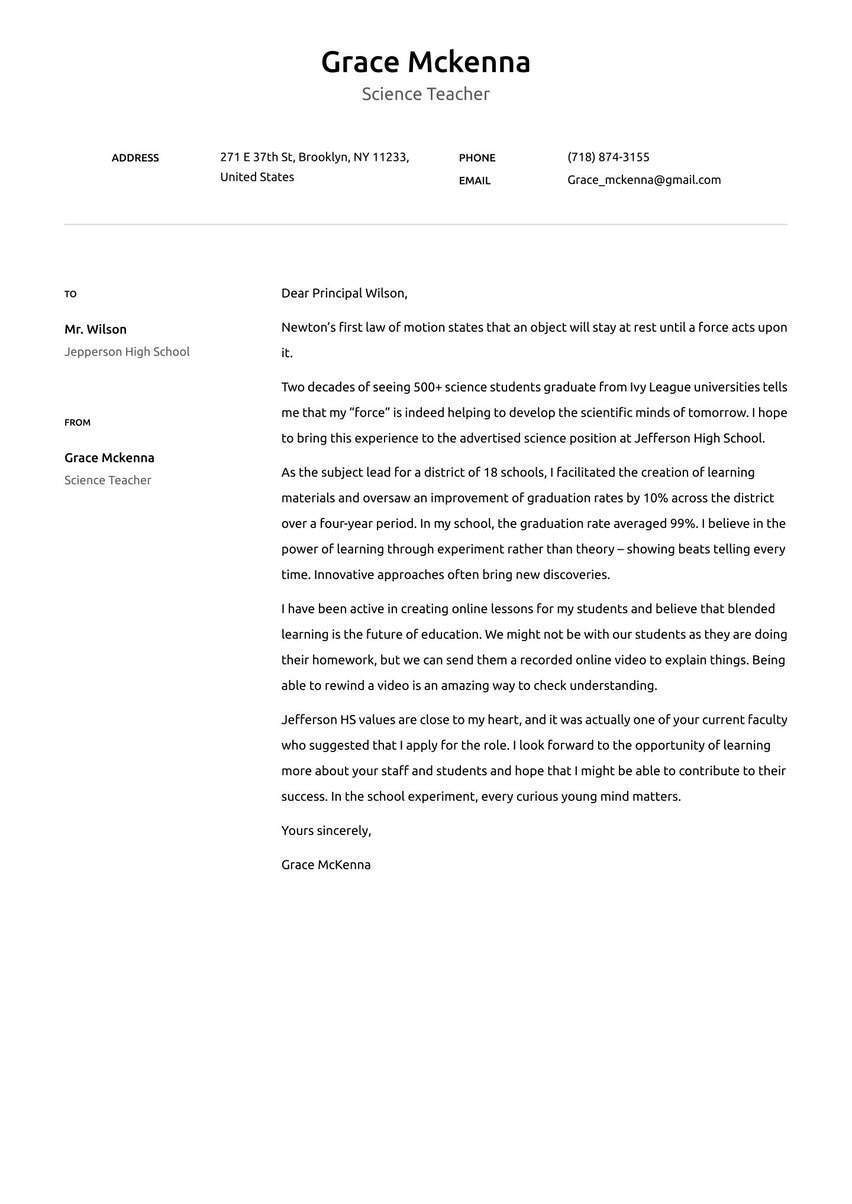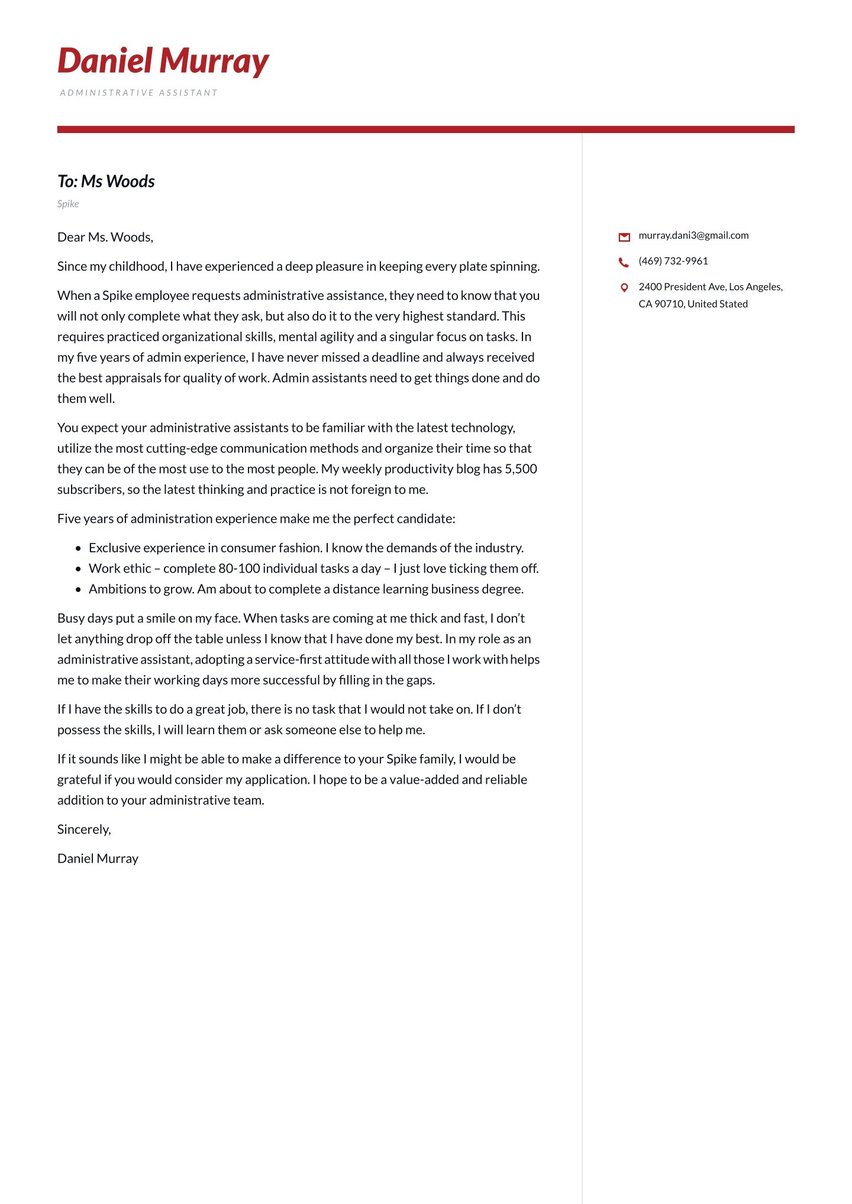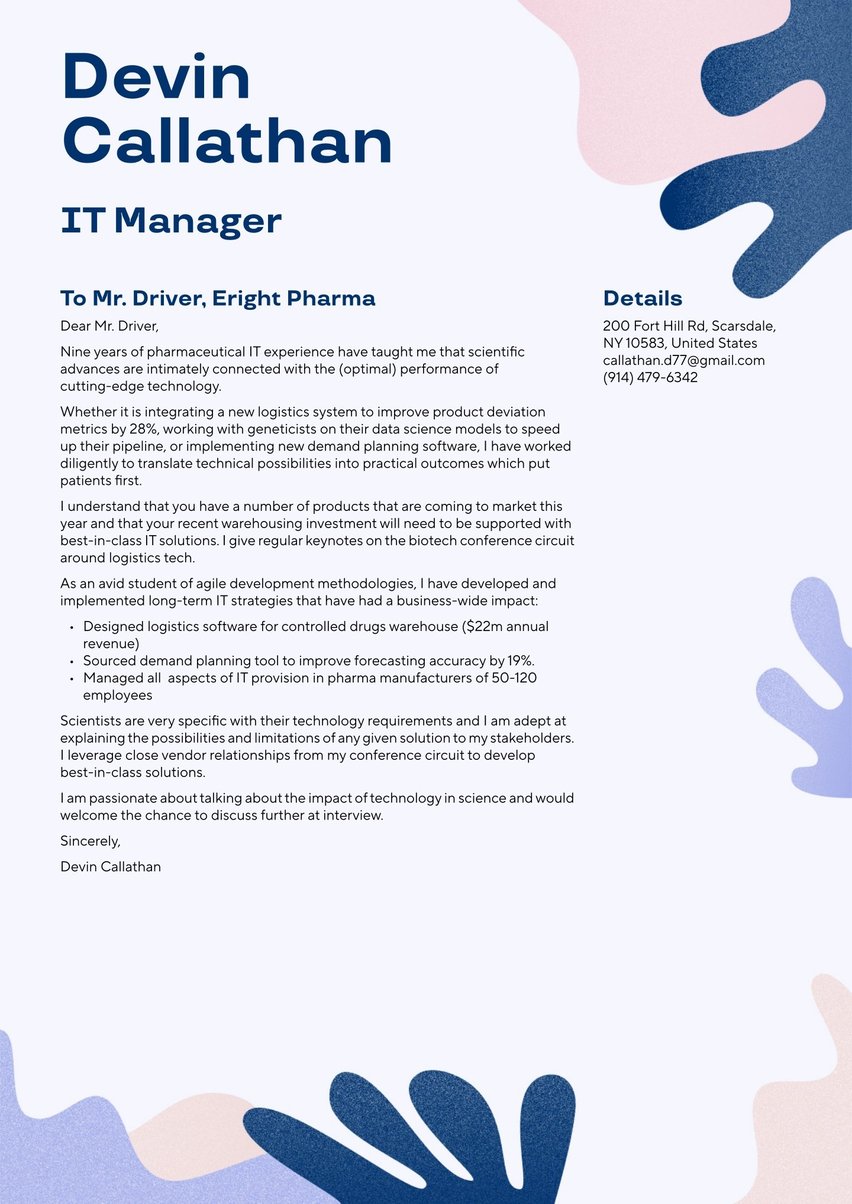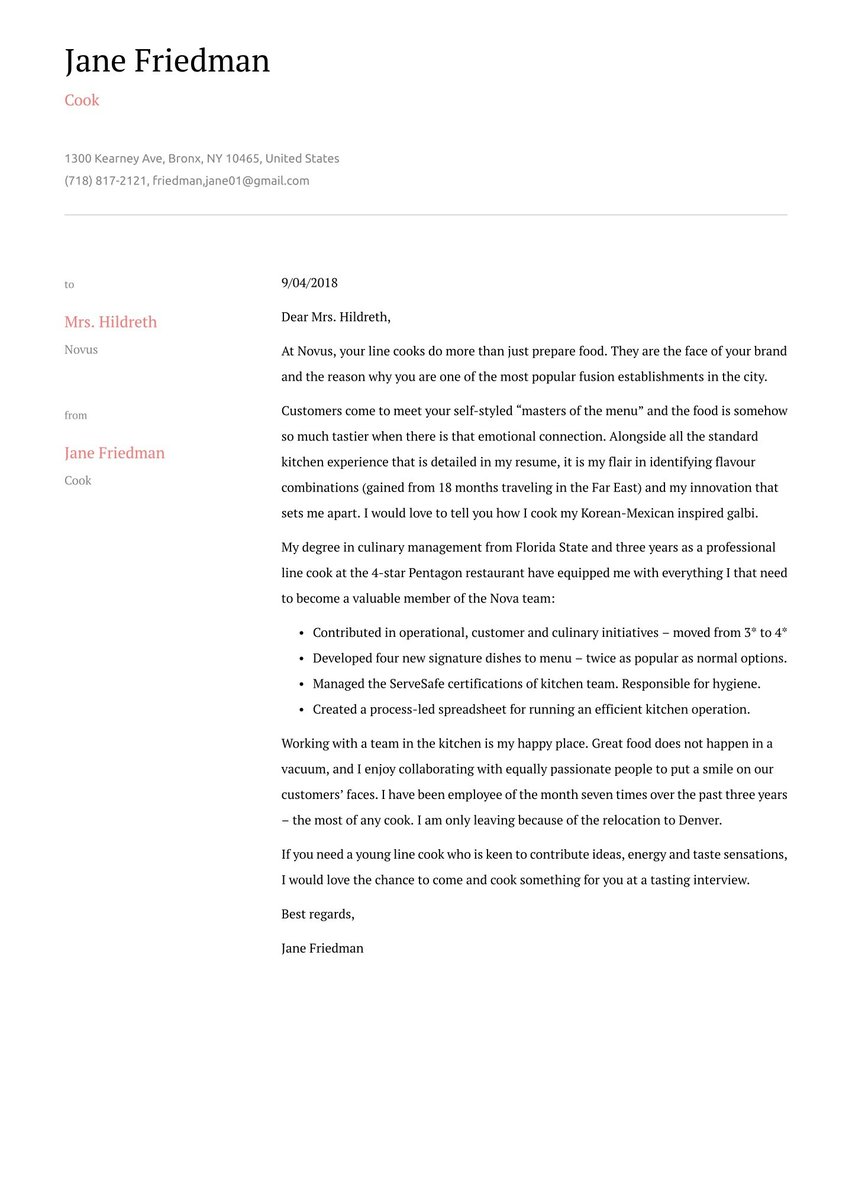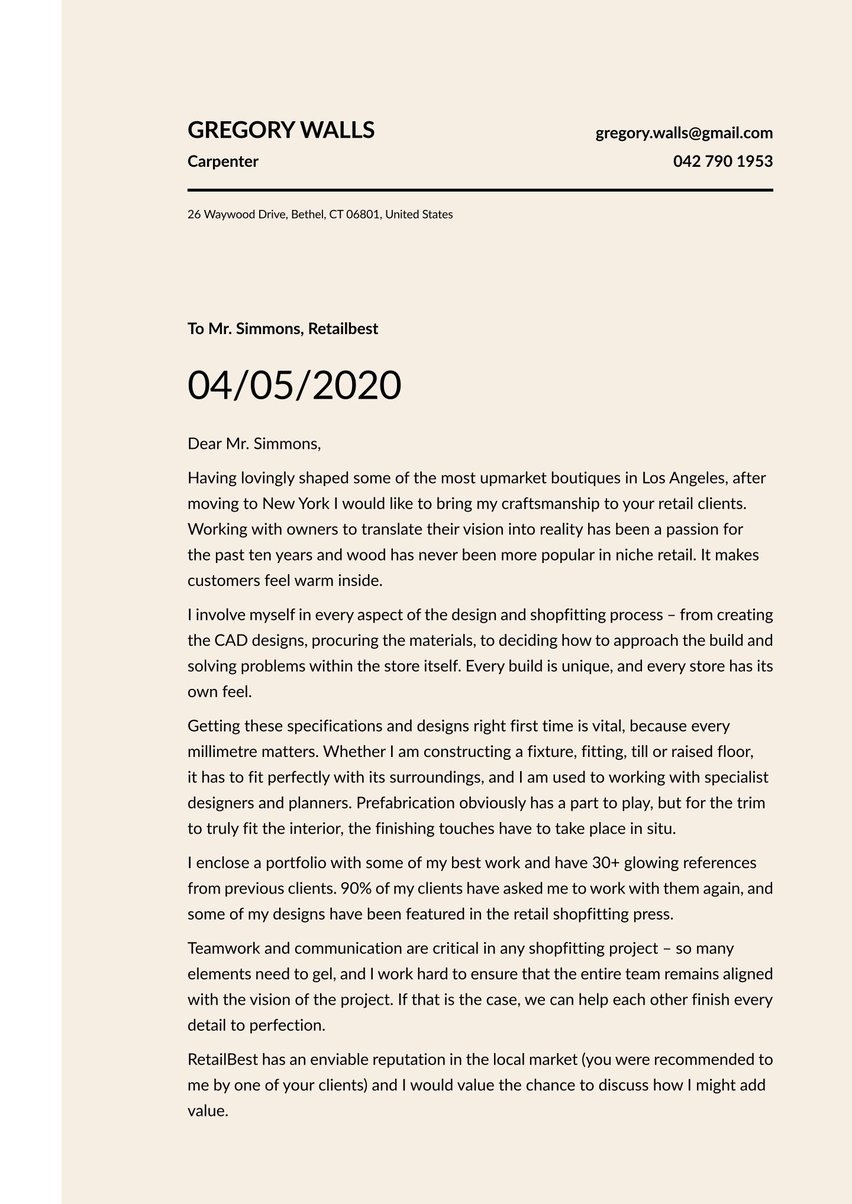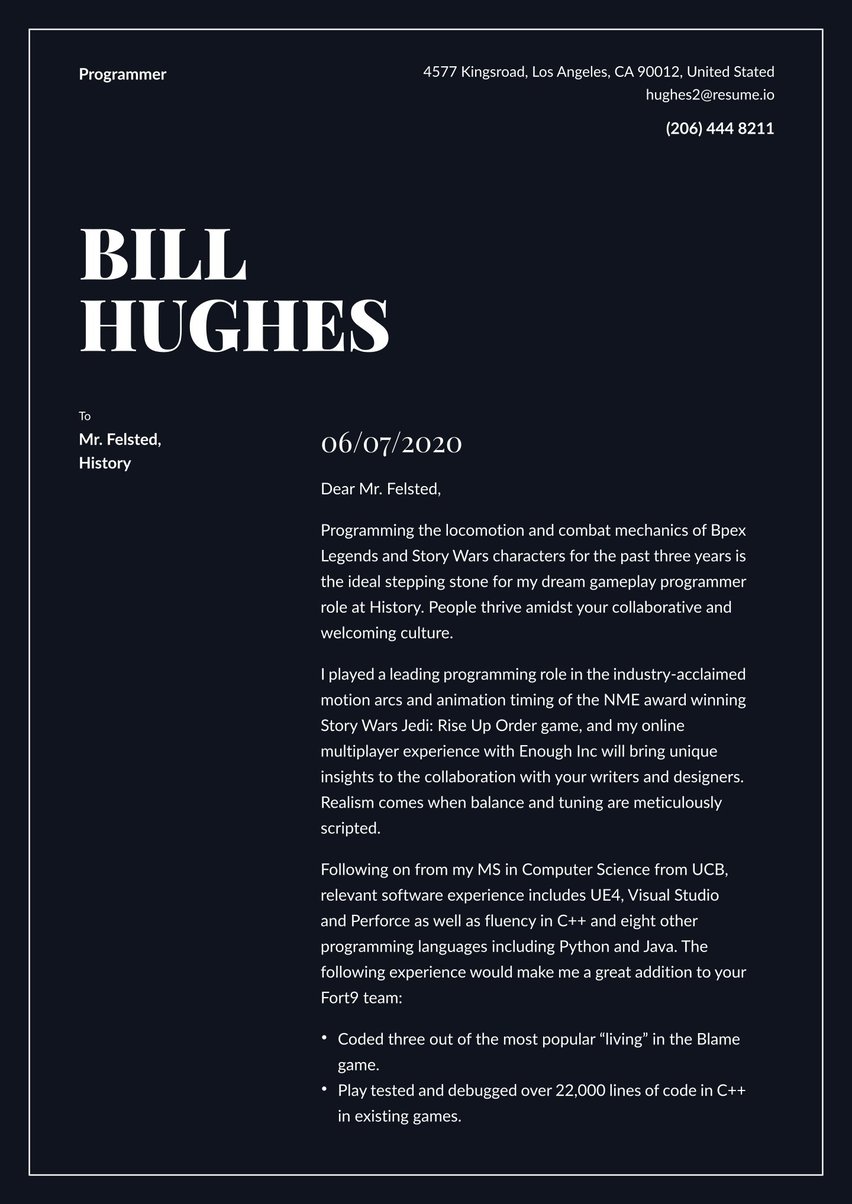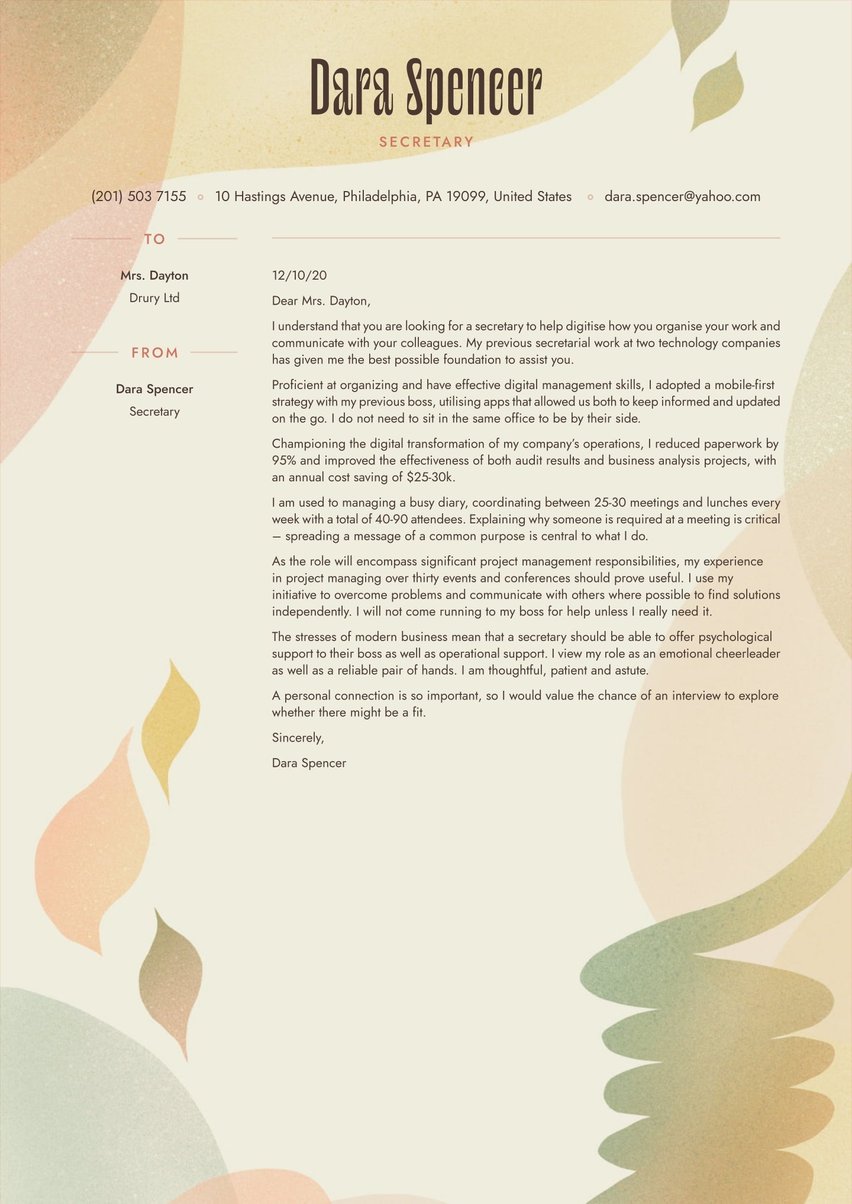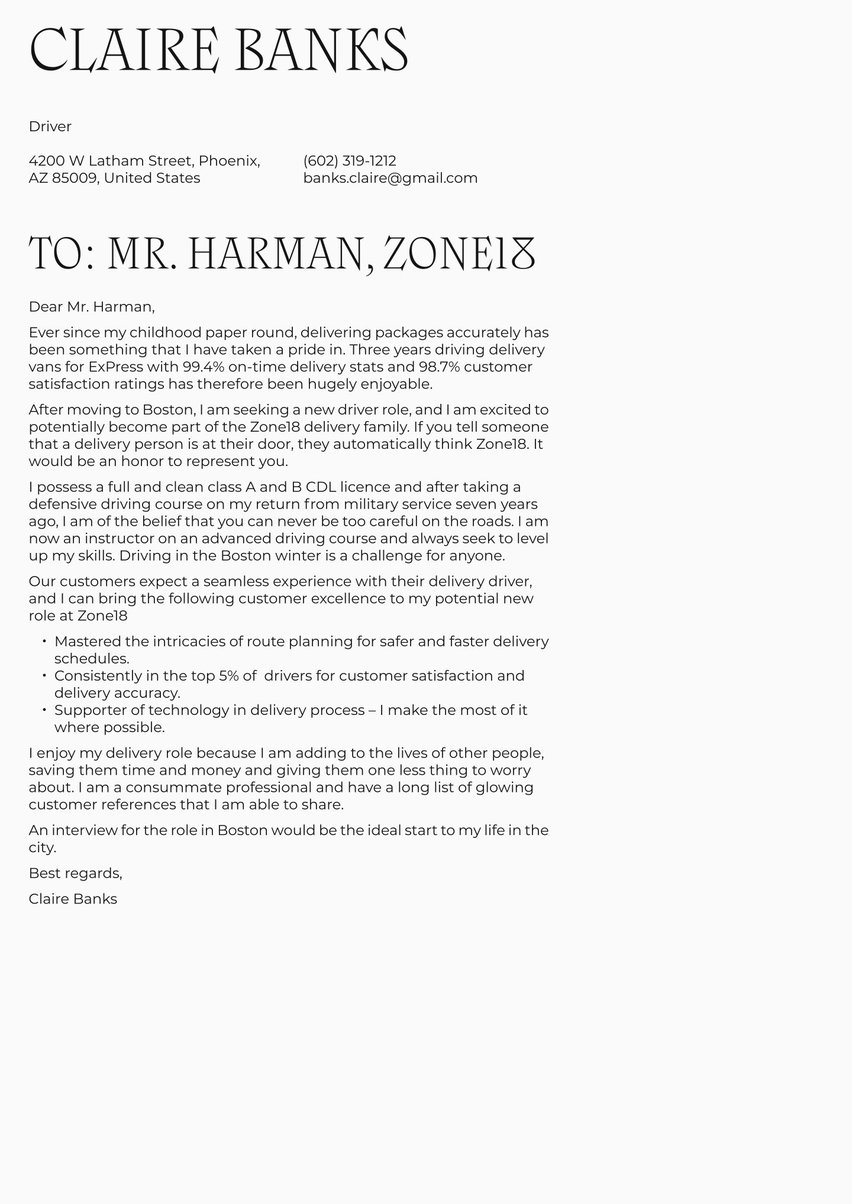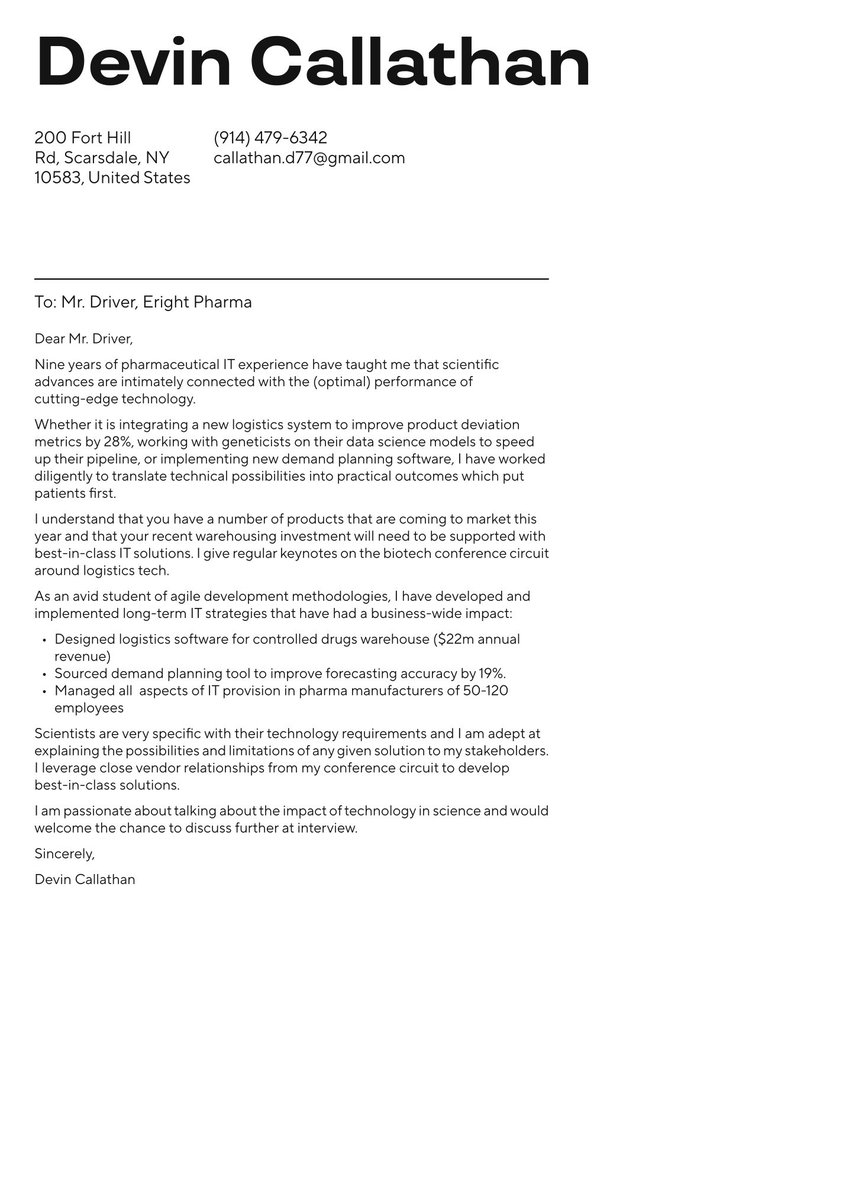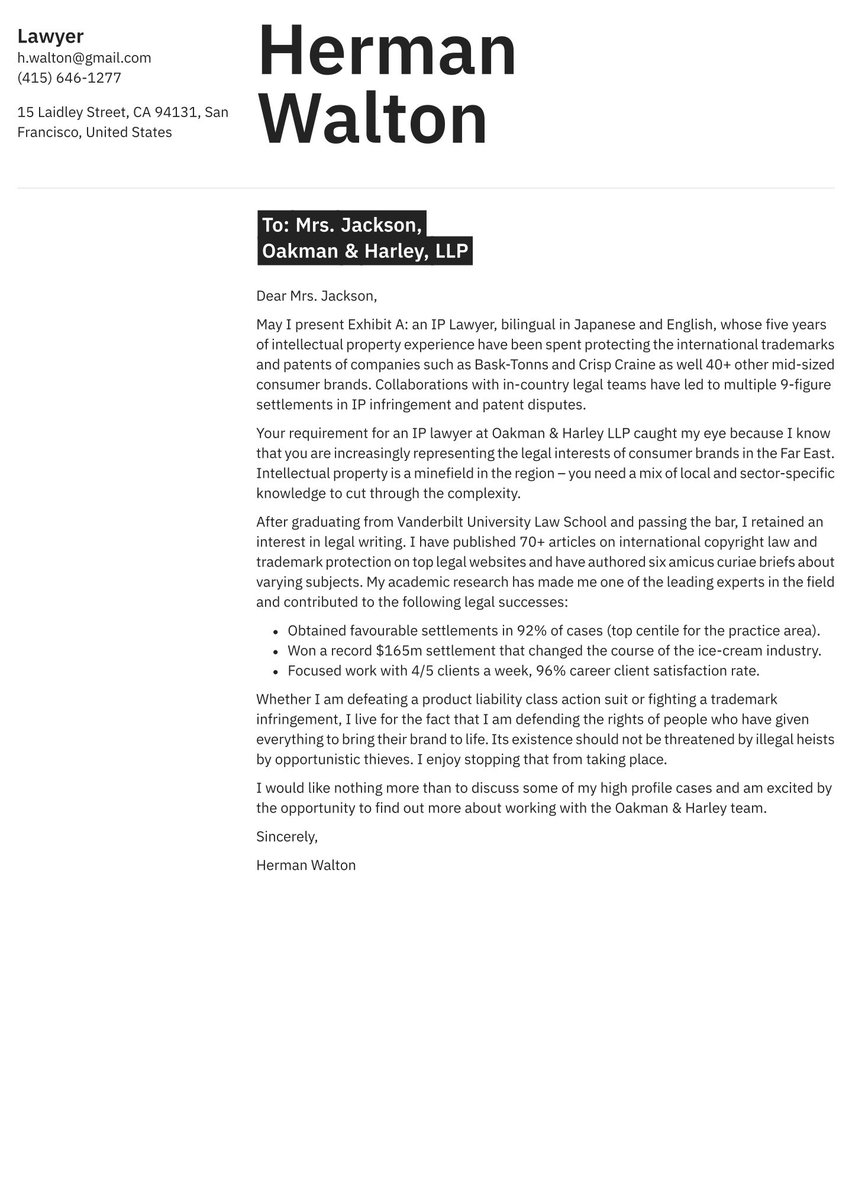What goes into making a great HR assistant cover letter? Some people think of Human Resources as the office where they go to update their tax forms, choose an insurance plan, or (God forbid) get a talking-to about appropriate workplace behavior.
But HR is a fast-changing field that is increasingly proactive and less reactive, not just putting out fires but preventing the fires from starting in the first place. HR professionals are not there just to implement directives from management, but to play a leading role in long-term strategic planning, in employee recruiting and retention, training and development, performance appraisal and rewards.
HR professionals are responsible for managing a company’s most important asset, its human capital. They deal with issues involving new hires, departures, salary and benefits, and they are a key liaison in facilitating communications between management and staff.
According to Glassdoor, human resources assistants earn an average annual base pay of $41,379. According to Payscale, HR assistants make an average of $17.35 an hour.
But according to the U.S. Bureau of Labor Statistics, human resources specialists of all kinds earned median annual pay of $63,490 in 2020. The BLS projects job growth for these specialists of 10% from 2020 through 2030, which is about average for all occupations.
Many Human Resources departments play a key role in recruiting new talent, processing job applications and interviewing job candidates. So if you work in this field, you may be intimately familiar with what a good job application entails.
It starts with just two one-page documents, a resume and a cover letter. Resume.io, a leading provider of templates for these documents and occupation-specific advice on how to prepare them, has published several guides on resume preparation for HR workers. But to get a job in this field, you’ll also need a cover letter to go with your resume. And that’s what we’ll discuss in this guide, specifically:
- Why an HR assistant needs a cover letter
- How to structure and write an HR assistant cover letter
- How to design an eye-pleasing HR assistant cover letter
- The psychology of writing a persuasive cover letter
- Common cover letter mistakes that you need to avoid
Let’s dive in.
Why an HR assistant needs a cover letter
A resume without a cover letter is like a hammer without nails — you’ve got half of what you need, but it’s hard to get anything accomplished.
It’s important to understand that except in rare cases, a cover letter is not optional. Although there are a handful of employers that for some reason prefer to receive a resume only, in most cases a cover letter is considered an essential part of a job application. So if you don’t include one, employers have an excellent reason to ignore you.
In fact, one recent survey of hiring managers found that the failure to include a cover letter is among the top reasons resumes are rejected.
It’s true that resumes and cover letters often include much of the same material, including work experience, education and job skills. However, a resume is a relatively impersonal document that isn’t addressed to anyone, doesn’t include the word “you,” and often doesn’t even contain complete sentences.
A cover letter, on the other hand, is an attempt to establish a personal relationship with a hiring manager — the very person whose help you need to get the job. A good cover letter is addressed to a recruiter by name, and it speaks to the needs of the employer and describes how the job applicant can help fill those needs.
A cover letter enables you to tell stories about your past successes in your field. And it enables you to showcase your personality, passion, likeability and perhaps even sense of humor — all of which can endear you to a recruiter in a way that a resume cannot.
Unless you’re specifically asked not to, always include a cover letter with a resume. If well-written, correctly structured and attractively designed, a cover letter can only increase your chances of getting the job.
For additional inspiration, here are some cover letter writing guides for Human Resources professionals and related fields:
- HR cover letter example
- Recruiter cover letter example
- HR assistant cover letter example
- Human Resources cover letter example
- Consulting cover letter example
- Office Administrator cover letter example
- Administrative assistant cover letter example
- Office administrator cover letter example
- Office assistant cover letter example
How to structure and write your cover letter
Cover letters are not necessarily easy to write, but they have a defined structure that’s easy to follow. A cover letter should almost always be one page only, a maximum of 400 words, so you need to choose your words wisely. Use this blueprint to build your cover letter on the proper framework:
Cover letter header
The top of your letter should have a header (once known as a letterhead) that contains your name, occupation, address, phone and email.
Sometimes people omit their snail-mail addresses, which are rarely used these days, but the employer you’re targeting may have legitimate reasons for wanting to know where you live. And sometimes people add additional material like the URL of their LinkedIn profiles.
The obvious reason for the header is so that employers know how to contact you if they’re interested. But the header also serves an important function as an attractive design element on your page.
Your header may include a splash of color (but don’t overdo it) and an eye-pleasing use of typography and layout. The header gives you an opportunity to provide critical information in a format that makes the entire page look better.
Align document styles
Your resume and cover letter should be a “matching set,” designed to go together, so they should have a similar visual style. You should use the same fonts, colors and other formatting choices in both documents. This will give your job application package a visual brand and will demonstrate that you pay attention to detail.
Headers on resumes and cover letters should be similar if not identical, so make your header choices carefully. We recommend that you use a professionally designed template for both that ensures a uniformity of style.
Cover letter greeting/salutation
The cover letter greeting is the line in your letter that says “Dear Mr. [last name]” or “Dear Ms. [last name]” — usually with a colon at the end rather than a comma in business correspondence.
It’s always a good idea to find out the name of the appropriate person to address when sending a cover letter. Help-wanted posts often don’t include the name of the hiring manager, and so applicants frequently write more generic salutations like “Greetings Acme Corp.” or “Dear Hiring Department.” This is acceptable if there’s no way around it, but it’s not ideal.
If a web search doesn’t turn up the name of the person who is processing the applications for the job you want, consider making a phone call to the company to find out. It shows professionalism, respect and attention to detail on your part if you’ve gone to the trouble of finding out the name of the right person to address.
Dear Ms. Liddle,
Cover letter introduction
The first paragraph of your letter, the cover letter introduction, is possibly the most important — because it determines whether the recipient will keep reading or not. Busy recruiters spend just a few seconds reviewing a cover letter, and they’re often looking for any excuse to set it aside. You won’t give them that excuse if you write a compelling, provocative first paragraph that virtually compels them to read on.
Your first paragraph should both identify the job you’re seeking and make an intriguing opening statement about why you’re the right person for the job. Whether you have years of experience as an HR assistant or you’re still in college, you need to identify your most important qualification and mention it here.
Here’s a sample cover letter introduction:
My four-year tenure as an HR Assistant with Pondmill Construction threw every conceivable people challenge my way – we merged with another business, restructured the management team, eliminated redundancies, revamped the training, undertook a national H&S audit, and began automating our HR functions.
Cover letter body
The central two or three paragraphs of your letter must expand on this introduction by fleshing out your critical job qualifications, leading with the most important first. Usually this will involve your on-the-job experience, though if you have little or none, it may be better to start with your education and/or any certifications you hold.
In discussing past jobs, don’t just say where you worked or for how long, but be specific about your achievements, using facts and figures where possible. Try to include at least one anecdote about a difficult challenge you faced in the past, what action you took to resolve it and how you achieved a successful outcome.
It’s often helpful to mention the name of the company you’re writing to, anything you may know about the competitive challenges it faces, and the skills you can bring to the table to help the company solve its problems. This adds value by showing that you’re not just mass-mailing the same cover letter to 100 employers, but that you’re interested in this company specifically.
Here’s a sample cover letter body:
I strive to guide my colleagues through everything that work throws their way – with sound planning, thoughtful communication and effective execution. HR’s knowledge of people matters has to be encyclopedic because the range of demands on our service are so varied.
As you will be embarking on an imminent restructuring, my experience with Pondmill will prove instrumental. HR is a bastion of calm advice and reflection when everything around is fluid and uncertain. I have conducted appraisal processes with 120+ people, planned the restructuring of purchasing and supply departments, managed an end-to-end redundancy process with 40 employees and was awarded a 15% annual bonus for my efforts.
I am a keen student of HR practice, having received my degree in Human Resource Management from Boston University, and I’ve since taken over 25 courses, with a particular interest in how technology is changing the people function. I ran a mobile comms training course at Pondmill, which resulted in people spending 23% less time in meetings.
I left Pondmill due to my family relocation to Seattle, and I understand from a couple of industry contacts that Galton Construction is a similar family-run business. Past colleagues would describe me as reliable, adaptable, tech-savvy and curious.
Cover letter conclusion
Wrap up your cover letter with a conclusion: a thank you and a call to action — for example, say that you are looking forward to a response, that you would be happy to talk on the phone, that you would be delighted to come in for an interview, etc.
Plant the thought that your reader should do something as a result of your letter, and not just lay it aside. You need some kind of follow-up for your letter to succeed, and it’s helpful to suggest that some next step be taken.
Here’s a sample cover letter conclusion:
I would love the opportunity of an interview to learn more about your HR challenges.
Cover letter sign-off phrase
No need to overthink this part: Type “Sincerely,” add a return, and type your full name. Feel free to use a phrase other than “Sincerely” if you wish, but keep it simple and professional.
Sincerely,
Gerard Rodriguez
How to design an attractive cover letter
Like a gourmet chef who delivers a dish that’s not only delicious but looks great, bear in mind that presentation matters when creating a cover letter. Follow these tips to make sure your good writing isn’t ruined by bad design.
- Use a font that’s easy to read and doesn’t look strange in any way. Take a moment to read our suggestions on the best fonts for cover letters.
- Use a font size between 10 and 12 points. Too small and it’s hard to read, too large and it looks childish. Do not try to cram a wordy letter onto one page by reducing the font size — cut the fat from your text first.
- Align text left, not justified from margin to margin. Justified text looks fine in books, but flush-left text is best for short letters to avoid a blocky look.
- Keep paragraphs short. Don’t indent them, and leave a space between them. Short paragraphs are easier to read. Like this one.
- Use 1-inch margins on the top, bottom, left and right. Wider margins are also acceptable in some letter designs, but tiny margins make a letter look too cramped.
- Save your letter as a PDF. It might seem logical to paste your cover letter into the body of an email, with a resume attached, but it’s better to attach both as PDFs, or otherwise all your careful formatting is going to go to hell. PDFs preserve the formatting of all documents so they look the same on any device, while other file types can make your text jump all over the place.
- Use a professional cover letter template. Using a pre-designed template can save you a world of hurt on all the issues mentioned above.
The psychology of writing a persuasive cover letter
It’s possible to write a cover letter that YOU think is perfect, but then the person you send it to just isn’t impressed. How do you defeat this disconnect, where what looks like a perfectly aimed arrow totally misses the target? You factor in the psychology of the reader that will view your cover letter on the other end.
First of all, it’s not always possible to knock a jaded recruiter off his seat with a one-page letter. Sometimes your job qualifications just aren’t going to make the grade, no matter how well you write.
But at times, candidates who are less qualified than others get the job just because they’re better writers. And that doesn’t mean they write florid prose worthy of literature prizes — it means they’re more effective at the art of persuasion.
There are said to be three reasons for writing — to inform, to entertain and to persuade. Your letter, ideally, should do a little of all three.
Persuasive writers tend to use direct language, as if speaking to another person face to face. They are skilled at creating rapport with their readers, and at establishing their authority by the competence that imbues their confidence.
Persuasive writers are not focused on their own needs, but on the needs of the people they need to persuade. Remember that you are not writing this letter to convince anyone that you need a job. You are writing to convince the company that you can help improve its processes in a way that will make the company stronger and ultimately improve its bottom line.
Always try to put yourself in your reader’s shoes, and imagine that you are the hiring manager who is receiving this letter. Would you like the person who wrote it? Would you want to meet that person, and perhaps work with him or her for years to come?
Nobody wants to hire someone they don’t like, no matter how well-qualified that person may be. So you need to come across as both competent and likable, and you need to make sure you don’t strike any sour notes.
How (not) to write a bad cover letter
There are many ways to write a bad cover letter, all of them tested and true — and doomed to fail. Here are some of them:
- Typos and other writing mistakes. Nobody is looking for an HR assistant who can’t write a one-page letter without typos, grammatical errors or basic mistakes in punctuation. If this is not your long suit, find an editor to review your letter.
- Clichés that are “old as the hills.” If you’re a “team player” who “thinks outside the box”, delete the first draft of your letter and write another in original language that you haven’t read anywhere else before.
- One letter, 100 copies. A cover letter is not a one-size-fits-all document that you write once and send out for the rest of your life. Tailor each letter to each employer.
- Design fails. So you’ve crammed your 800-word letter onto one page by micro-sizing the font, minimizing the margins and banning all paragraph breaks? The chances are good that the recruiter won’t even bother to read it.
Key takeaways
- Jobs for HR assistants are expected to grow 10% in the next decade, but you'll need a superior pitch to compete for the best jobs.
- Unless you’re specifically asked not to, always include a cover letter with a resume.
- Follow the blueprint for good letter structure and you’ll be building on a proven foundation.
- Follow the principles for good design to make your letter look as good as it reads.
- Put yourself in your reader’s shoes to write a persuasive letter with irresistible appeal.
- Avoid common fails like typos, clichés and bad design that will doom your letter at a glance.
- Use a professional cover letter template that takes care of all the design issues so that you can focus on the content.
Best of luck in your job search!


